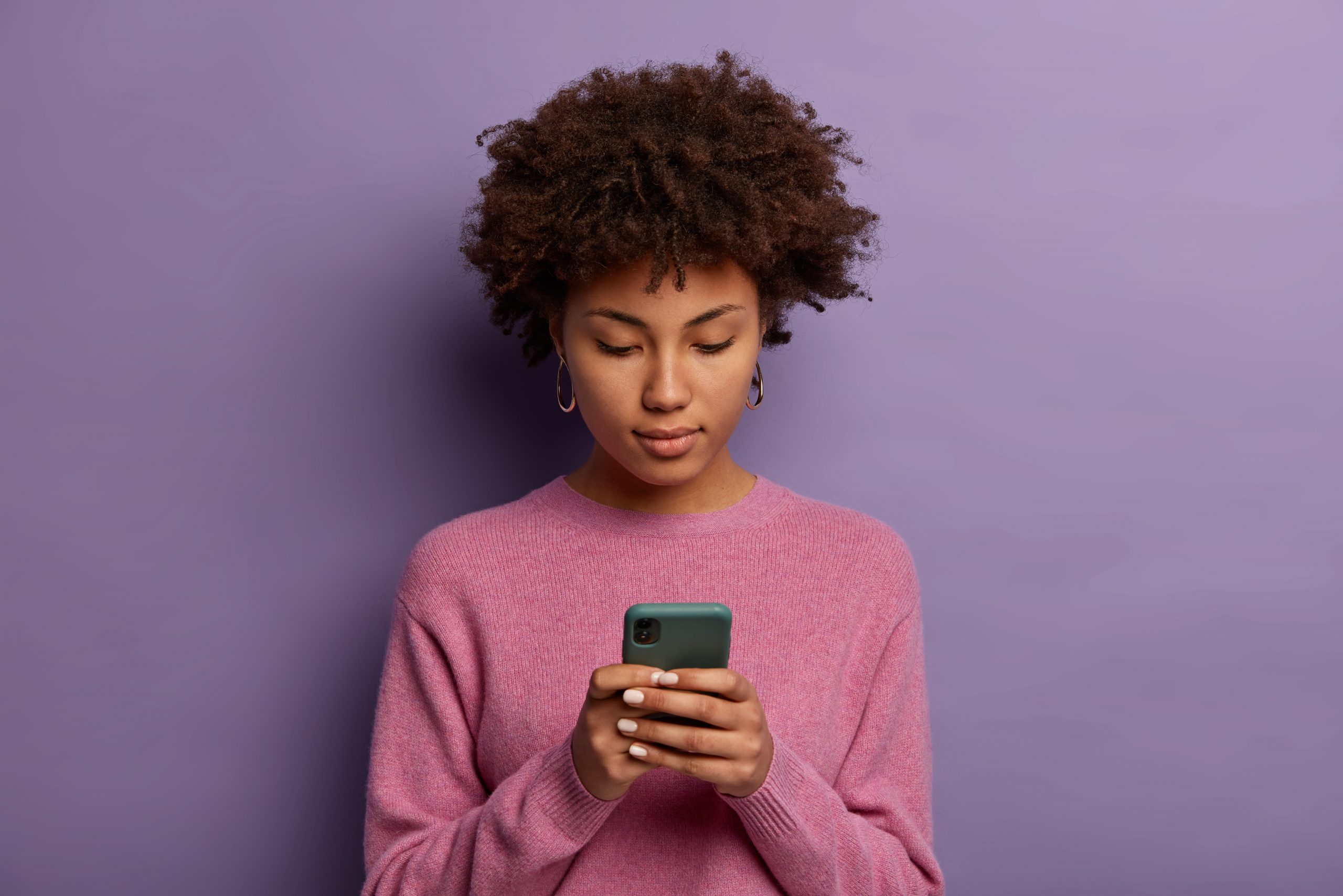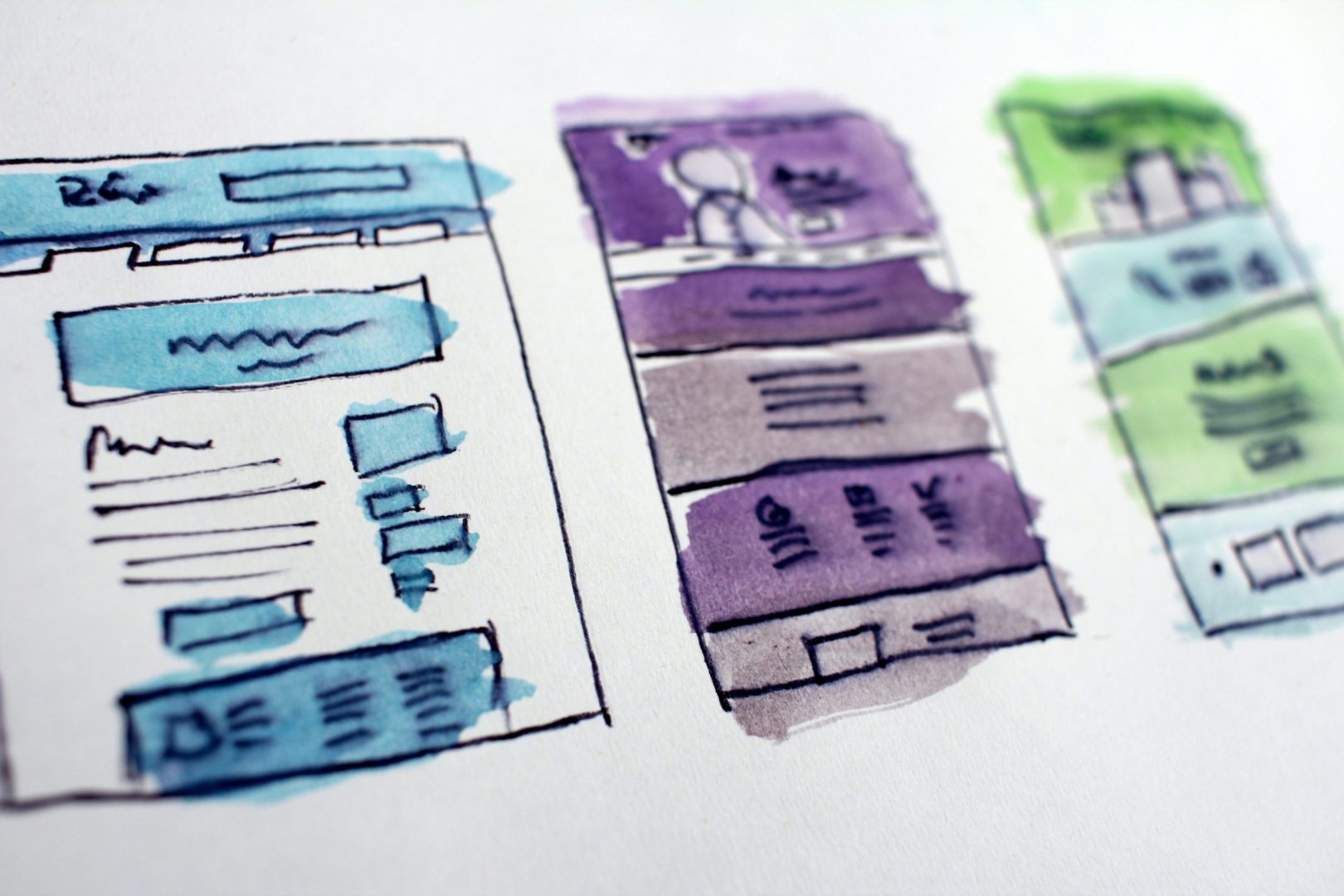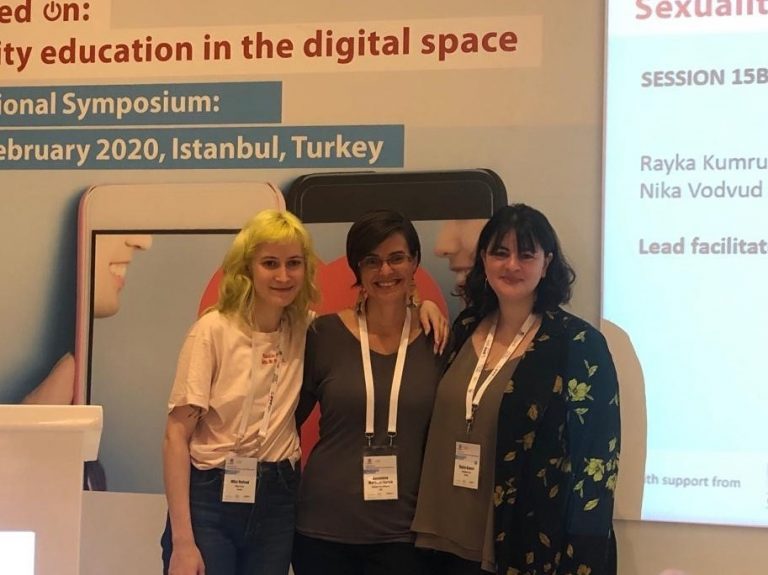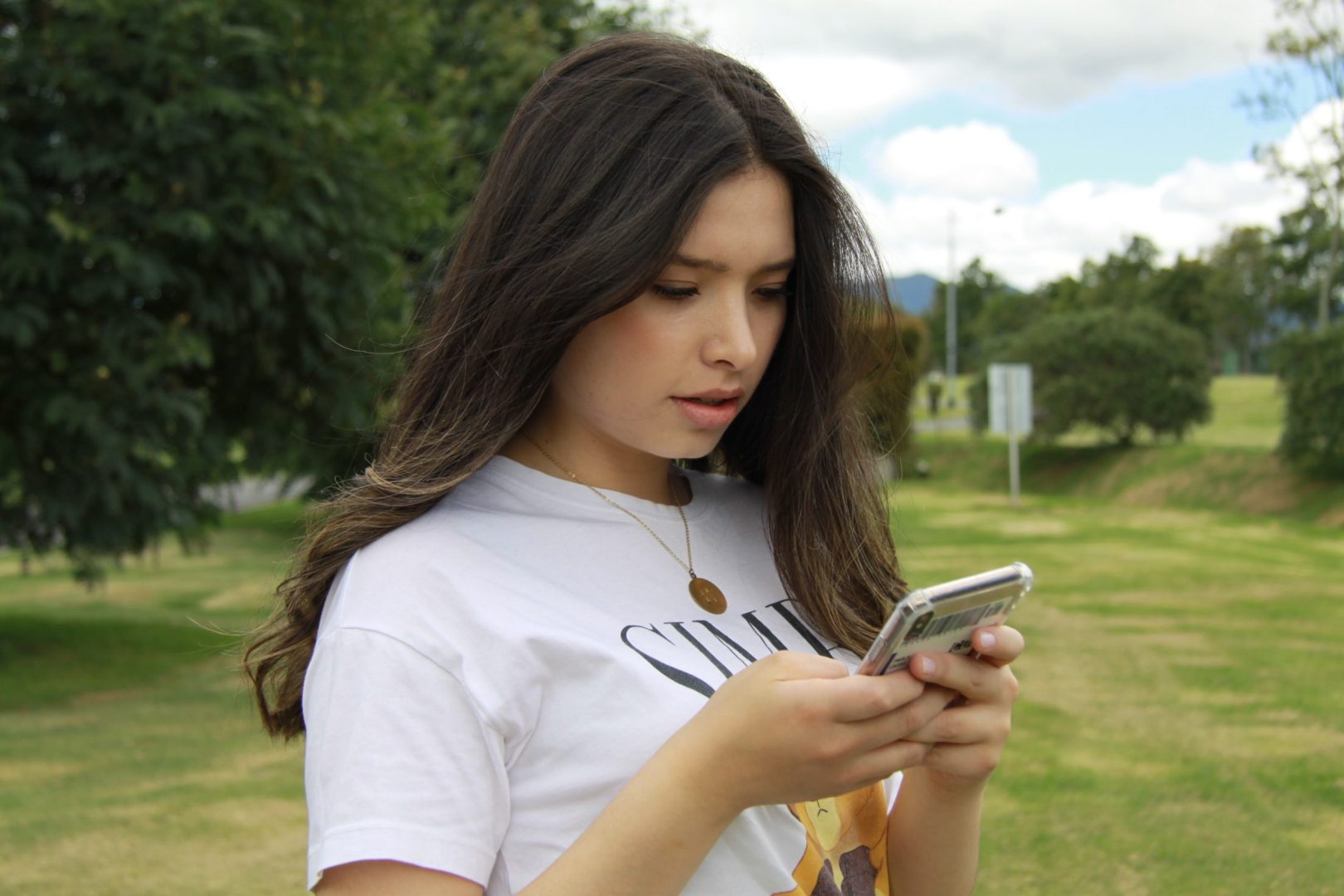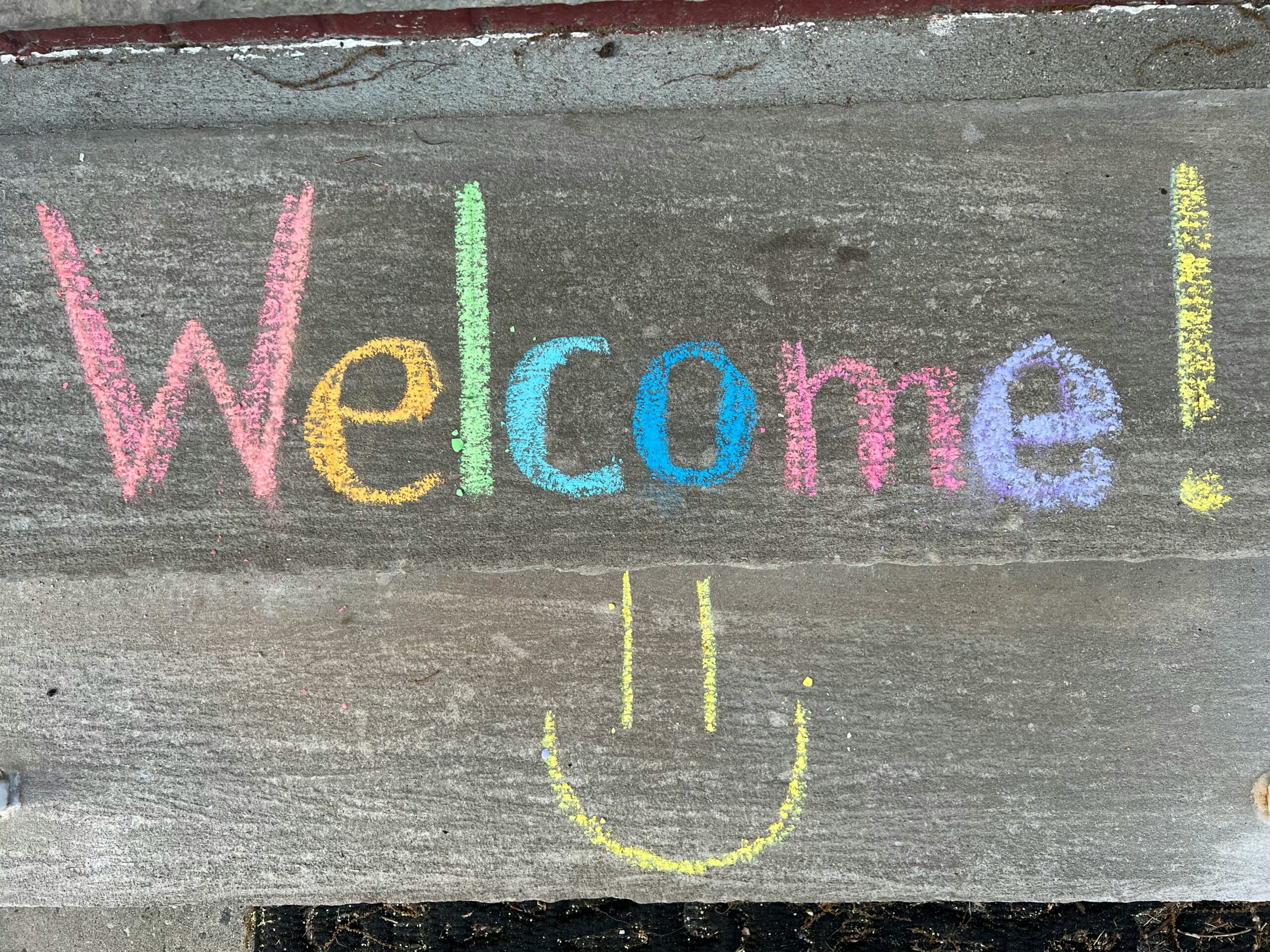In part one of our two-part series covering social media censorship, we ask: how can we ensure young people have access to the crucial sex ed and health information they need—dodging the restrictions set by the big shots in the social media game?
In a world where screens are the new classrooms and hashtags carry more weight than textbooks, the importance of increasing young people’s access to quality, comprehensive sex ed on social media cannot be overstated.
Since 2011, experts in the field have observed a consistent trend: a significant portion of young people are turning to the internet for sexual health information—this trend persists to the present day. Social media has provided opportunities for access to information for audiences and places where information was limited. Social media is a particularly helpful resource for youth seeking information about their sexual health, particularly in cases where information about such topics can be difficult or embarrassing to seek.
Social media becomes their compass—guiding them through relationships, consent, and self-discovery—ensuring they’re armed with knowledge for informed choices in a world where sexual health is a universal right, not a privilege.
These platforms aren’t just virtual hangouts; they’re essential hubs where young minds can find accurate, inclusive information, fostering a future where sexual health is an open conversation—not a hushed secret. Social media becomes their compass—guiding them through relationships, consent, and self-discovery—ensuring they’re armed with knowledge for informed choices in a world where sexual health is a universal right, not a privilege.
And with the state of sex education throughout schools in the U.S.A. being less than ideal, we need to not only increase the accessibility of sex ed in schools (check out the #SexEdForAll hashtag on social media and this related blog post on why sex ed is essential), but we also need to reach young people outside of the classroom. Meeting young people where they’re at, online, is especially crucial given that only 29 states and DC require sex education in schools, while only 9 states have policies that include affirming sexual orientation instruction on LGBTQ+ identities or discussion of sexual health for LGBTQ+ young people.
Where do we see censorship happening on social media?
Sex education content often faces censorship on social media platforms, where community guidelines and content restrictions can limit the dissemination of vital information intended to promote awareness and understanding of important topics. For instance, platforms like Instagram or TikTok may flag or restrict posts discussing explicit anatomy, safer sex practices, or LGBTQ+ topics—deeming them as inappropriate. Even educational content, aimed to empower and inform, may be subject to algorithms or moderators, resulting in limited visibility. Such censorship not only hampers open dialogue but also impedes access to crucial information for the very audience that needs it most—the young people navigating their sexual health journey in the digital age. It is important to remember that access to health information is a fundamental human right, and efforts to censor or restrict this information on social media platforms infringe upon this right.
According to a 2020 study that recruited over 900 young adults with internet access in Kenya, Nigeria, and South Africa, about 84% of the young adults in the sample considered social media an appropriate medium for sexual health communication, with Facebook being the most preferred (40%) digital platform for sexual health promotion. It’s important to recognize that we might see similar patterns right here in the U.S.A. This data suggests that there’s a worldwide movement towards using digital platforms to spread awareness and educate people about sexual health.
On TikTok, we see sex educators and nonprofit organizations, ourselves included, unable to even use the word sex in captions, graphics, and subtitles for audio in videos. Luckily, there are ways to bypass this censorship on TikTok by using words like “seggs,” “le$bean,” “SA pronounced essay (used in sexual assault awareness content)”, “ab0rti0n,” or other forms of code words that have become second nature in our social media landscapes.
Sex Ed with DB was able to create and share a TikTok and YouTube video series entitled The Seggs Ed Show covering topics such as using lube for solo and/or partnered sex despite the social media algorithm censorship. And while The Seggs Ed Show was able to navigate around these barriers, we wonder if it would have reached even more young people if there was no censorship of sexual and reproductive health topics on TikTok to begin with.
While this is just one example of how sexual health information is being censored on social media, there are plenty of other sex educators facing barriers and constraints put in place by the algorithms.
An article from Business Insider found that while “educational content is ostensibly permitted under the TikTok Community Guidelines. Sexual-health creators, however, report that the platform’s algorithm regularly misidentifies their content as adult or sexually explicit, causing the platform to flag, deprioritize, or remove their videos.”
We saw this firsthand when we were publishing our first TikTok video talking about #SexEdForAll month, and our account was shut down for allegedly sharing inappropriate content. Luckily, we were able to dispute this claim and gain access to our account again, but we shouldn’t have to tread the waters of the algorithms’ biases to get quality information about sexual health into the hands (or phones) of young people.
So, why can we create amazing algorithms to maximize consumption, but we cannot come up with tech that can differentiate between an ad that promotes STI testing versus a sex tape?
Alarmingly, it is not the sexual and reproductive health experts who are determining what content should be accessible to young people, but rather employees within large corporations who decide what is deemed moral, appropriate, or acceptable. These decisions often result in the creation of rulebooks and policies without expert consultations. Unfortunately, this approach can hinder young people’s access to crucial sexual health information, ultimately depriving them of the resources they need.
So, why can we create amazing algorithms to maximize consumption, but we cannot come up with tech that can differentiate between an ad that promotes STI testing versus a sex tape?
Why is it important to have access to credible, comprehensive sex education information on social media platforms?
Access to credible and comprehensive sex education information on social media platforms is crucial for various reasons. First, widespread, easy access is necessary in our world today where the reality is that many young people turn to social media for information, meeting them where they are and bridging the gaps left by formal educational settings, especially in schools where access might be limited.
Second, the use of plain language and relatable communication on social media helps make complex topics understandable and relevant for a diverse audience.
Third, by providing a platform for anonymous queries, relatable content, and inclusive discussions, social media ensures that everyone, regardless of their background, can access accurate and relevant information about sexual health. This democratization of knowledge contributes to a more empowered and informed population, breaking down barriers and promoting a healthier approach to sexual education.
Like what you hear? Stay tuned next week for the second part of this blog post series!
PHOTO CREDIT: Adobe Stock
Milagros Garrido, MS, PMP, is the Director for our Innovation and Research Department at Healthy Teen Network. Always ready for a challenge, she is at her best when she is finding clever and new ways of using technology to make the seemingly impossible a reality. Read more about Mila.

